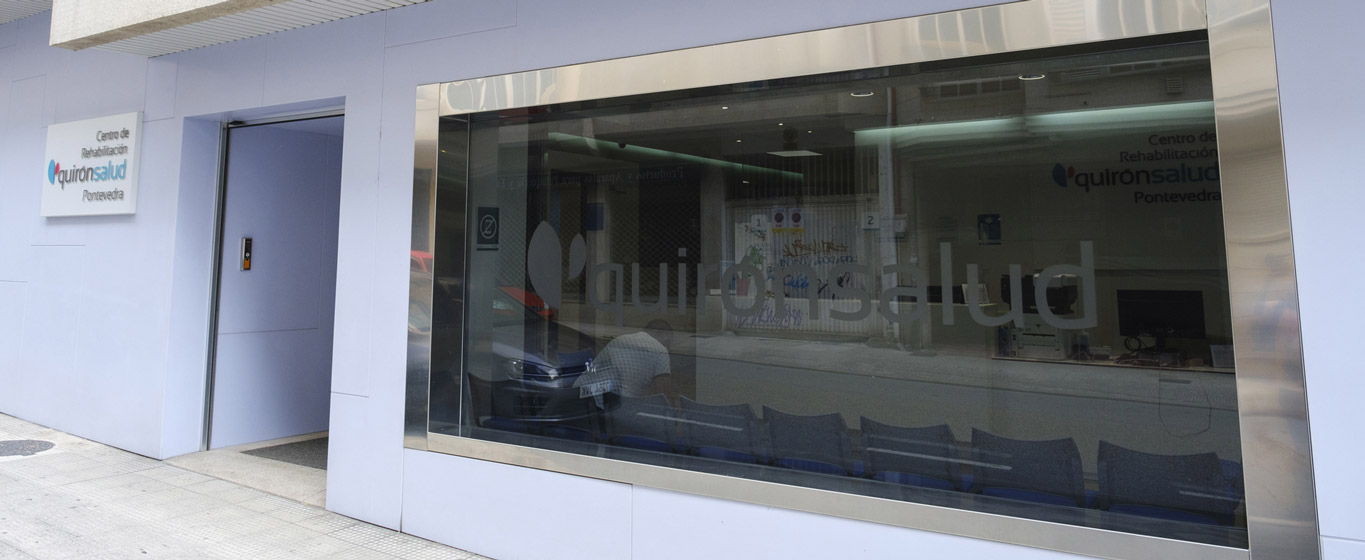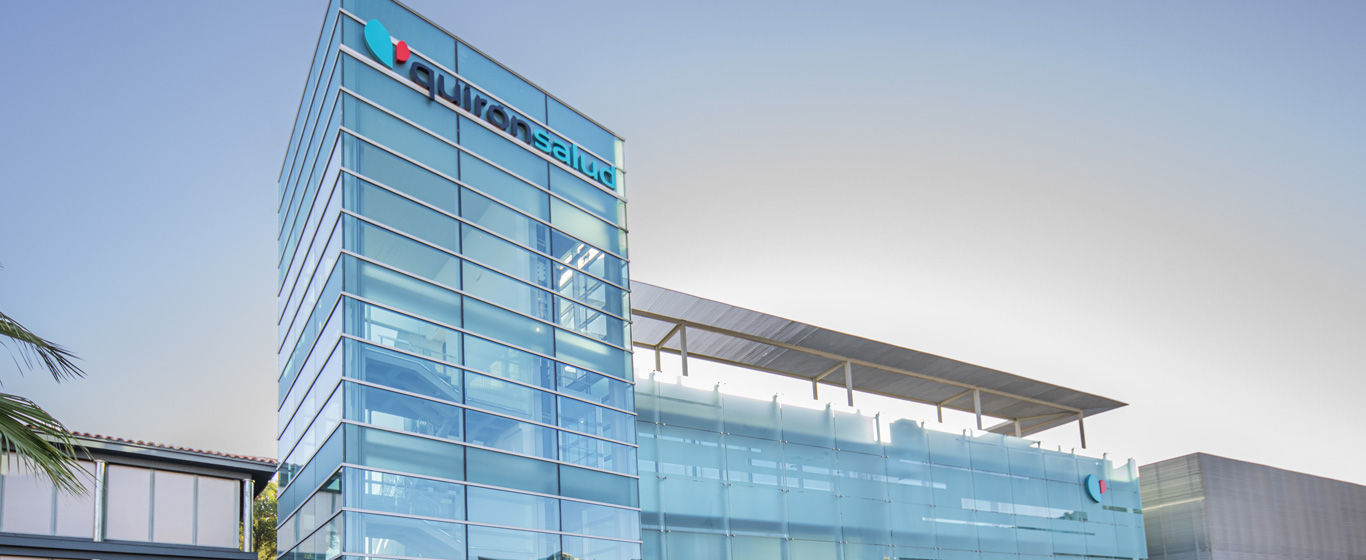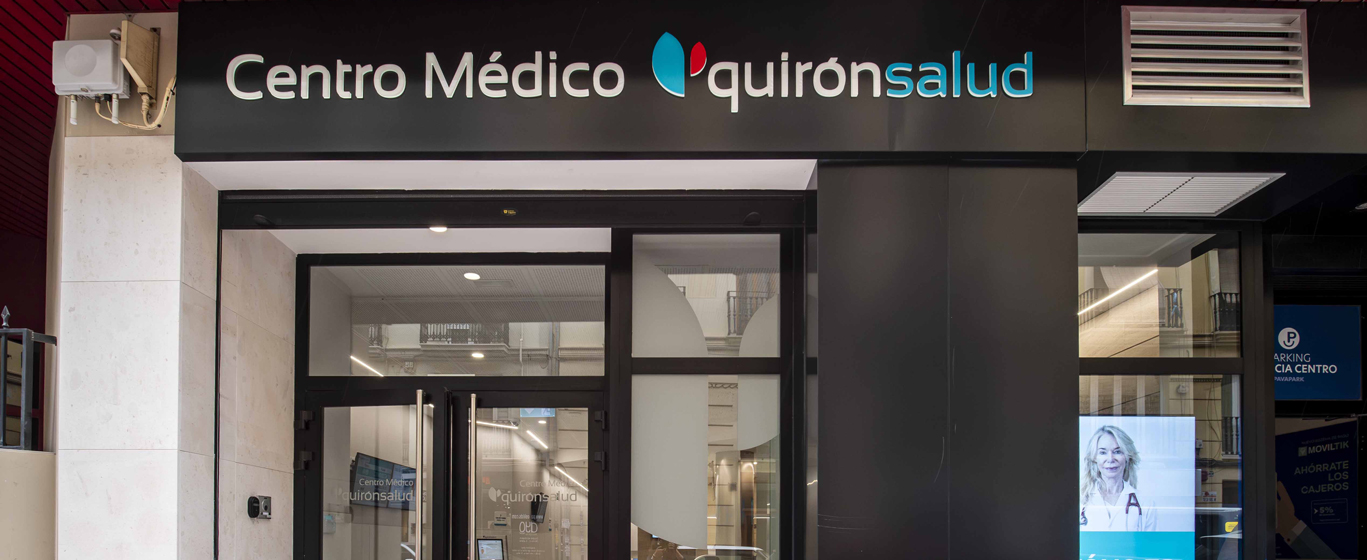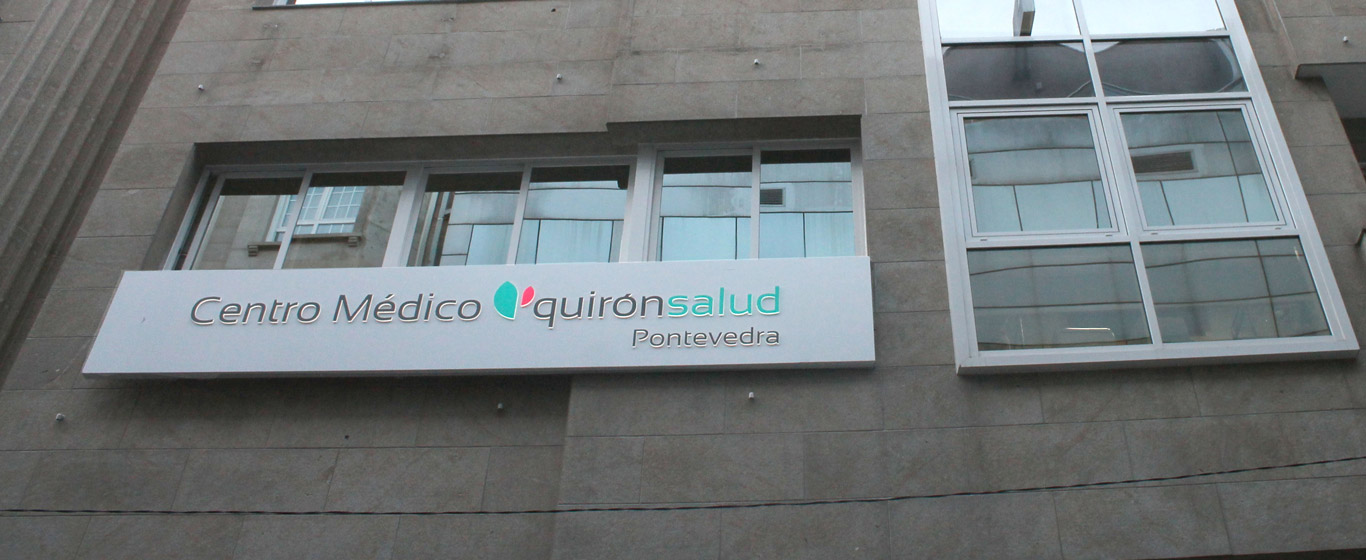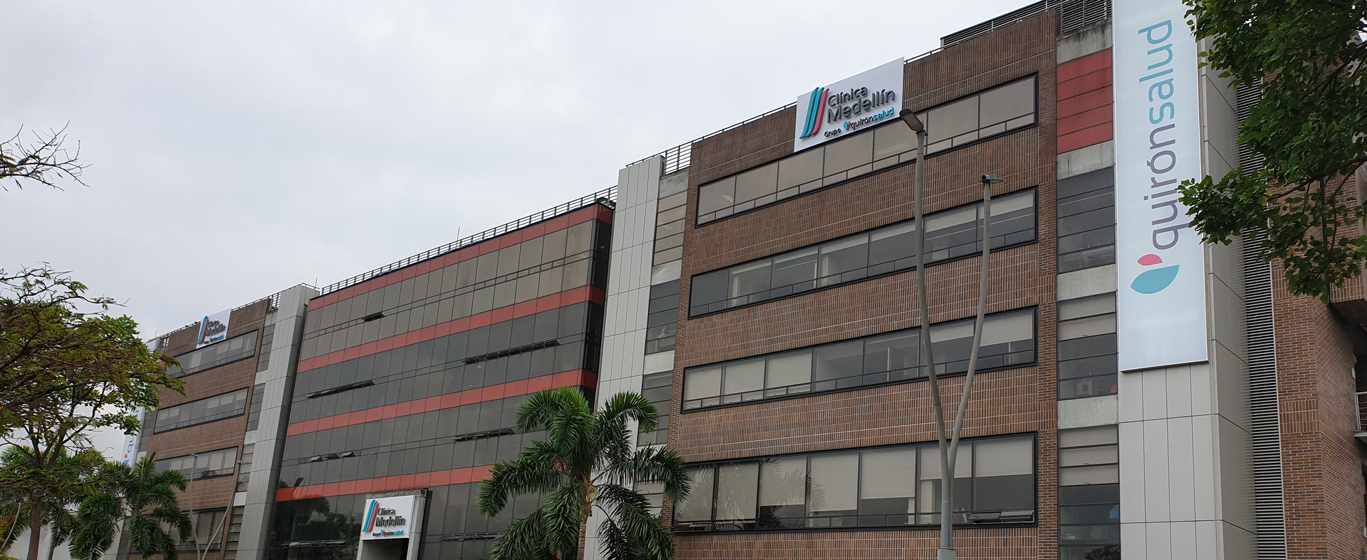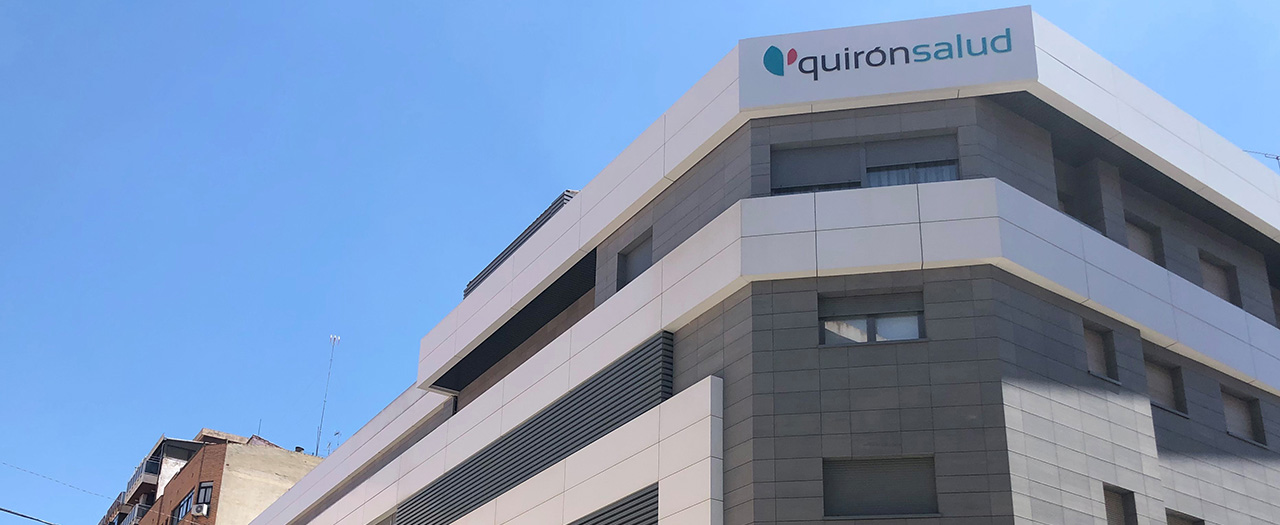Dyslipidemia
Is dyslipidemia serious? All the information about this disorder, its types, causes, and treatment.
Symptoms and Causes
Dyslipidemia, dyslipemia, or hyperlipidemia refers to the alteration in the concentration of lipids and lipoproteins in the blood.
The two main lipids or fats in the body are cholesterol and triglycerides. Cholesterol is a waxy substance found in cell membranes and bile, participating in fat and fat-soluble vitamin absorption, as well as the synthesis of vitamin D and some hormones, such as estrogen, testosterone, and cortisol. Cholesterol is produced by the body but can also be obtained from food. Triglycerides are created in the intestine and liver from fatty acids produced by the body or obtained from food. They are present in fat cells, and their function is to break down to provide the energy needed for various metabolic processes in the body.
Lipoproteins, on the other hand, are the proteins responsible for transporting fats in the bloodstream. They can be low-density lipoproteins (LDL), which carry the so-called "bad cholesterol" to the body's tissues, or high-density lipoproteins (HDL), which carry the "good cholesterol" from the tissues to the liver for elimination as bile.
Based on the altered values, several types of dyslipidemia exist:
- Isolated hypercholesterolemia: increase in low-density lipoprotein (LDL) levels. A healthy level is less than 100 mg/dL.
- Isolated hypertriglyceridemia: increase in triglyceride levels. A healthy concentration is below 150 mg/dL.
- Mixed or combined hyperlipidemia: increase in both of the above values.
- Decreased high-density lipoproteins (HDL): the optimal level should be equal to or greater than 60 mg/dL.
Depending on their origin, dyslipidemia can be classified into two groups:
- Primary dyslipidemia: of genetic origin, not associated with any other condition.
- Secondary dyslipidemia: linked to one or more underlying diseases. This is the most common form.
Symptoms
Dyslipidemia usually does not show visible symptoms until complications arise due to elevated lipid levels. However, sometimes, primary dyslipidemias with particularly high levels can show the following:
- Eruptive xanthomas: bumps on the skin and tendons formed by fat deposits.
- Senile arches: lipid deposits in the cornea, forming opaque rings of white or gray color.
- Xanthelasma: small fatty deposits under the skin of the upper and lower eyelids, usually near the tear duct.
Causes
The main causes of secondary dyslipidemia are:
- Unhealthy lifestyle habits: excessive consumption of foods high in saturated fats, trans fats, and cholesterol, and lack of physical exercise. Alcohol and tobacco consumption also contribute to altered lipid levels.
- Certain diseases, such as diabetes, primary biliary cirrhosis, chronic kidney disease, nephrotic syndrome, or hypothyroidism.
- Certain medications, such as corticosteroids, retinoids, diuretics, beta-blockers, cyclosporine, antiretrovirals, or oral estrogens.
Primary dyslipidemia, on the other hand, is due to a series of genetic mutations that alter the processes of lipid production and elimination, causing one of the following conditions:
- Hyperproduction or defective elimination of triglycerides and/or LDL lipoproteins.
- Insufficient production or excessive elimination of HDL lipoproteins.
Risk factors
The chances of developing dyslipidemia increase in the following cases:
- Family history.
- Regular consumption of foods high in fats and cholesterol.
- Sedentary lifestyle.
- Obesity.
- Excessive alcohol consumption.
- Smoking.
- Presence of diseases or medications that alter lipid levels in the blood.
- Age: the concentration of LDL lipoproteins increases slightly with age, especially in men and postmenopausal women.
Complications
Dyslipidemia is an important cardiovascular risk factor and can have serious consequences for the body. Excess cholesterol tends to accumulate in the arterial walls, forming plaques that narrow the arteries to the point of obstructing them, making blood flow difficult or impossible. This disorder, called atherosclerosis, can affect any artery in the body and can pose a life-threatening risk: if the coronary arteries are blocked (coronary artery disease), blood flow to the myocardium can be blocked, resulting in a heart attack, while obstruction of cerebral arteries can lead to a stroke. When the rest of the arteries in the body are affected (peripheral artery disease), intense pain, cramps, numbness, and weakness can occur in the extremities. This condition may sometimes lead to gangrene, which could even require the amputation of the affected limb.
Elevated triglyceride levels can cause liver or spleen enlargement, presenting as difficulty breathing, confusion, and a tingling or burning sensation in the hands and feet. Additionally, hypertriglyceridemia increases the risk of developing pancreatitis, an inflammation of the pancreas that can be fatal.
Prevention
The prevention of dyslipidemia involves maintaining a healthy lifestyle:
- Reduce the consumption of fats, sugars, and alcohol.
- Avoid tobacco.
- Moderate caloric intake.
- Increase the consumption of fruits, vegetables, legumes, whole grains, and raw nuts.
- Promote the consumption of omega-3 rich foods, such as flaxseeds, chia seeds, oily fish, olive oil, seafood, avocado, and green leafy vegetables.
- Engage in regular physical exercise.
- Maintain a healthy weight.
Which doctor treats dyslipidemia?
Dyslipidemia is evaluated and treated by specialists in internal medicine, family medicine, and endocrinology.
Diagnosis
Dyslipidemia is diagnosed through a blood test that measures triglyceride, LDL cholesterol, HDL cholesterol, and total cholesterol levels. A study of the patient's medical history and lifestyle can also help confirm the origin of the dyslipidemia.
Treatment
The treatment for dyslipidemia has two main approaches:
- Lifestyle changes:
- Lose weight.
- Exercise regularly.
- Follow a healthy diet: restrict or avoid saturated fats, trans fats, cholesterol, sugars, and alcohol. The intake of refined flours and starch-rich foods should also be limited.
- Avoid tobacco.
- Pharmacological treatment: if diet and physical activity changes do not yield results, hypolipidemic medications can be prescribed. There are various options:
- Statins: block cholesterol synthesis and help eliminate LDL lipoproteins from the bloodstream.
- Cholesterol absorption inhibitors: reduce LDL cholesterol absorption in the small intestine.
- Bile acid sequestrants: promote bile acid excretion, causing the liver to extract more LDL cholesterol from the blood to produce bile.
- PCSK9 inhibitors: reduce LDL cholesterol levels in the blood by promoting its absorption in the liver.
- Fibrate derivatives: enhance the breakdown of lipids and accelerate the elimination of LDL lipoproteins from the blood. They can also reduce their production in the liver.
- Omega-3 supplements: reduce triglyceride levels and may decrease the production of LDL lipoproteins.
- Niacin: delays the elimination of HDL lipoproteins, lowers triglyceride levels, and, at high doses, reduces the production rate of LDL lipoproteins.
- Bempedoic acid: reduces LDL cholesterol.
- LDL apheresis: in cases of extremely high LDL cholesterol concentrations that do not respond to the above treatments (usually due to genetic hypercholesterolemia), a procedure is performed that filters the patient's blood to remove LDL lipoproteins.





